- Hotline: 852+ 2891 9689
- Whatsapp: 852+ 9146 8426
- [email protected]
- 6/F 29 Austin Road, Tsimshatsui, Kowloon, Hong Kong
A failed scalp micropigmentation (SMP) case refers to any outcome that falls short of delivering a natural, consistent, and satisfying cosmetic result. These failures may arise from poor technique, inappropriate planning, or improper pigment use.
Below are the most common types of SMP failure:
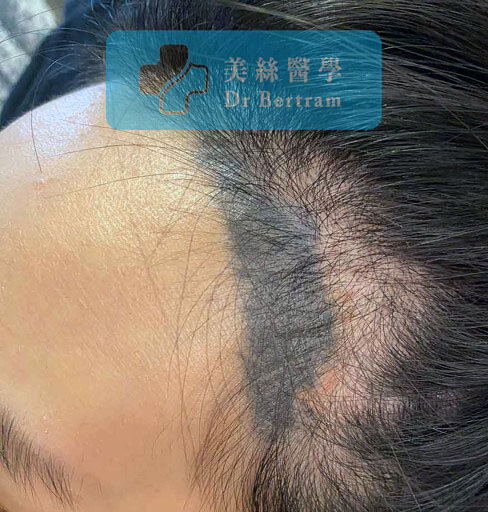

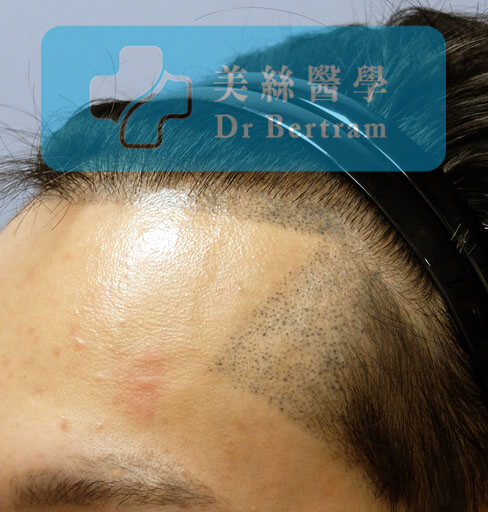
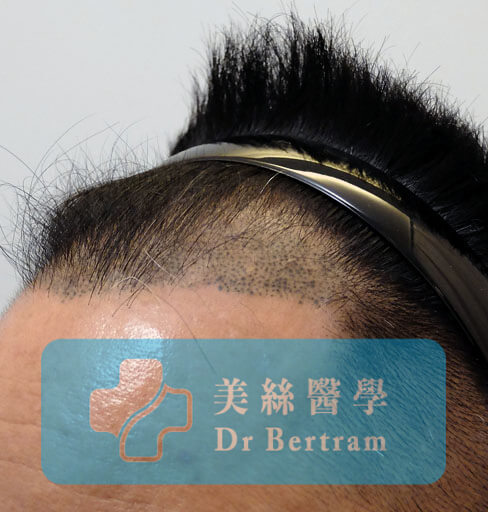
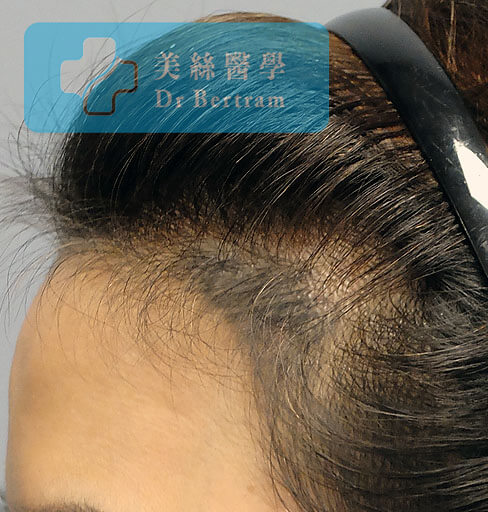
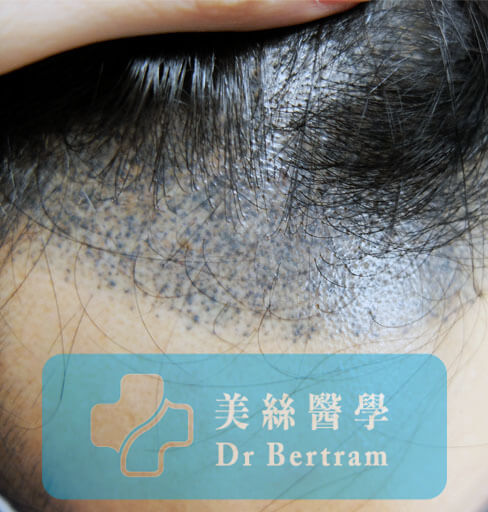
Unnatural hairline (too straight, low, or overly sharp)
Symmetry errors not matching facial structure
Masculine hairline in females or vice versa
Pigment appears too dark, bluish, greenish, or fades into a gray haze
Poor pigment matching with skin tone and hair color
Use of tattoo ink instead of SMP-specific pigments, leading to long-term discoloration
Inconsistent dot density or spacing
Blurring or spreading of pigment due to wrong depth or poor skin condition
Patchy results with visible gaps or overlapping dots
Pigment injected too deep → results in blowouts (blurred or ink-spread spots)
May also lead to scarring, especially in thin or scarred skin
Premature fading due to:
Low-quality pigments
Sun exposure
Poor aftercare
Autoimmune or oily skin rejecting pigment
Occurs in non-sterile environments or with unapproved inks
May cause inflammation, pustules, or allergic dermatitis
Patients with active skin conditions (e.g., psoriasis, eczema)
Overly oily skin where pigment won’t hold well
Unrealistic expectations from clients
Hairline looks unnatural or overly tattooed
Dots appear smeared, blue, or too large
The SMP is easily detectable or looks artificial
Laser tattoo removal
Camouflage with new SMP using proper technique
Hair transplant + SMP combo for better realism
These cases can often be successfully corrected with hair transplantation:
Common in men who received an aggressive or unnatural hairline design
Repair Strategy: Transplanting natural single-hair grafts in front of the SMP line to create a realistic feathered transition
Fades unevenly or leaves an unnatural dotted pattern
Repair Strategy: Hair transplant in the balding zone to restore density and draw attention away from the flawed pigmentation
Patients with adequate donor hair who want a more 3D look over SMP base
Repair Strategy: Hair transplant can enhance the illusion of thickness when combined with fading SMP
These require caution and proper evaluation before proceeding:
Difficult to camouflage with hair alone
Repair Strategy: May require laser removal first before transplanting to avoid contrast or mismatched patterns
Common with older or poor-quality inks
Repair Strategy: May need partial laser removal or fading, followed by transplant to repopulate sparse zones
May reduce graft survival
Repair Strategy: Use lower graft density and conservative approach, possibly with pre-treatment using microneedling or PRP
Surgery is not recommended in these scenarios:
Transplant not possible due to poor donor supply or non-viable recipient area
Risk of worsening the scarring with surgery
Patients dissatisfied with SMP may project similar dissatisfaction onto transplant results
Suggests underlying skin incompatibility with trauma—hair transplant may exacerbate the condition
To remove these unnatural lines and pigments, we do not recommended using lasers. This may inflict damage to the skin and underlying hair follicles, and leave scars on the forehead as well as causing hair loss.
We would recommend considering hair transplants to repair. The effect according to our experience is more natural. As we make use of the original SMP shading effect, less number of grafts will needed to be transplanted. Whether to use FUE or FUT depends on the areas for repair and personal preference.
Pluggy or uneven hairline from outdated transplant methods
Noticeable grafts with poor angulation or unnatural direction
Donor area with enough reserve for corrective grafting
Failed SMP causing an unnatural look
Reasonable expectations regarding improvement rather than perfection
Donor supply is severely depleted
Psychological dissatisfaction (e.g., BDD) persists regardless of improvement
Active scarring disorders (e.g., keloid) are present
Depends on area and severity of the prior failure. Usually:
600–1,200 grafts ( 1,200 – 2,400 Hairs ) for hairline correction
1,500–2,200 grafts ( 2,800 – 3,600 Hairs ) for top and crown repair
A conservative approach is often preferred due to prior overharvesting or trauma.
1–2 sessions depending on:
Degree of correction needed
Donor availability
Graft survival in previously damaged or scarred zones
Frontal hairline ( plugs or low SMP line correction )
Top or crown ( repair of visible unnatural grafts, gaps, or density mismatches )
Donor area ( to minimize signs of overharvesting or scarring if needed )
FUE preferred for precision in targeting small areas and minimizing additional scarring
FUT may be considered if donor depletion is a concern and additional grafts are required
Graft angulation, direction, and density matching are critical for a natural blend
No long-term medication needed to sustain the transplanted grafts
Advised to treat any underlying hair thinning (e.g., MPHL) with minoxidil or finasteride
Special attention to:
Correction of unnatural SMP along the hairline – using soft, feathered single-hair grafts in irregular pattern
Unnatural appearance on top – redistribute grafts for better angulation, density, and flow
Scalp Micropigmentation (SMP) has surged in popularity as a non-surgical option for camouflaging hair loss. However, in many countries—including Hong Kong and China—there are no official regulations governing who can perform SMP.
As a result, the industry is flooded with poorly trained technicians, many of whom operate out of hair salons or beauty centers without any formal medical or dermatological background.
Most of these providers treat SMP like traditional body tattooing. They use the same tools, pigments, and methods designed for skin art—not for the sensitive and curved surface of the scalp. Without medical knowledge of hair anatomy, pigmentation depth, and scalp health, mistakes are not just common—they are expected.
SMP is a visual illusion, and when done right, it should mimic the subtle shadows of hair follicles. However, many failed SMP cases share common traits:
Flat, two-dimensional look: The scalp has contours and hair grows at different angles. Without shading and density gradients, the result looks stamped or painted.
Solid hairline with no irregularity: Natural hairlines are soft and broken. A straight, uniform SMP hairline immediately looks fake—especially in bright light or under scrutiny.
Dark, bluish or greenish hue over time: Inexperienced practitioners often deposit pigment too deeply, causing it to spread under the skin or oxidize into unnatural tones.
Overly dense or misplaced dots: SMP dots that are too close together or placed randomly disrupt the natural flow of hair growth patterns.
The biggest mistake is using SMP alone to recreate a bald top or frontal hairline where no real hair exists. In such cases, the illusion breaks down quickly because SMP offers no texture, no depth, and no reflection like real hair does. In overhead lighting or sunlight, the difference is obvious, making the result look more like a painted scalp than real density.
Even worse, when patients later decide to pursue a hair transplant, previous SMP in the wrong zone (especially on the hairline) makes the correction process more complicated and visible.
Unlike medical hair transplant surgery—where international organizations like the ISHRS or ABHRS offer structured training and certification—there is no governing body ensuring quality standards in SMP. Each practitioner invents their own method, and client safety, hygiene, pigment quality, and design artistry vary wildly.
This lack of regulation leads to:
No quality control
No consistent pigment standards
No accountability for bad outcomes
As more people seek SMP as a quick fix or affordable option, demand has skyrocketed—but so has the number of botched jobs. The surge in poorly executed SMP cases reflects the gap between consumer expectations and technical ability.
For patients considering SMP, it’s critical to:
Choose clinics with medical supervision and artistic experience
Avoid centers that only offer tattoos or cosmetics
Understand that SMP is not a replacement for hair—it’s an illusion, and the right context matters
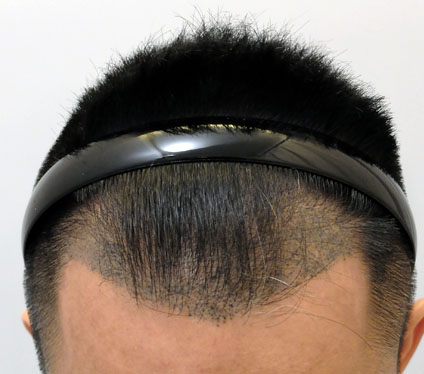
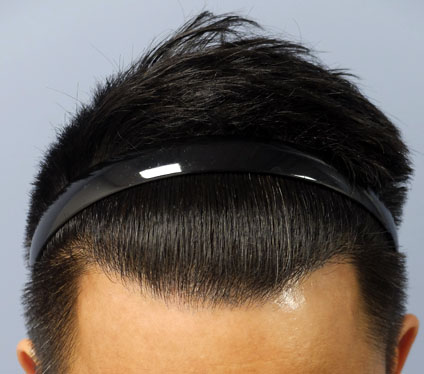
Shock loss refers to the temporary shedding of native hair following a hair transplant procedure. It’s more frequently observed in women but occasionally seen in men, though much less affected and less common.
Shock loss is typically triggered by surgical trauma or stress to the scalp. Even when carefully performed, the procedure can temporarily disturb surrounding native hairs, especially if those hairs are already weakened due to:
Genetic miniaturization ( male pattern baldness )
Scalp inflammation or poor circulation
Nutritional deficiency or chronic stress
Onset: Typically 2–4 weeks post-transplant
Recovery: New growth generally begins around 3–4 months
Full regrowth: Usually achieved by 6–12 months
Most of the shed hairs return, often healthier and stronger with proper care and recovery support.
At our clinic, we take every precaution to reduce the chance and impact of shock loss:
Gentle and precise implantation to minimize trauma
Avoiding overpacking grafts into fragile native zones
Offering LLLT (Low-Level Laser Therapy) to enhance recovery
Advising targeted supplements and optional pre-op minoxidil for borderline areas
In most male patients, no. Shock loss is a temporary phase in the healing process.
However, if the affected hairs were already severely miniaturized, they may not return — not because of the transplant, but because they were nearing the end of their life cycle.

The most critical limitation in Corrective Procedures is limited donor hair. Unfortunately, many cases are beyond repair when no donor hairs left.
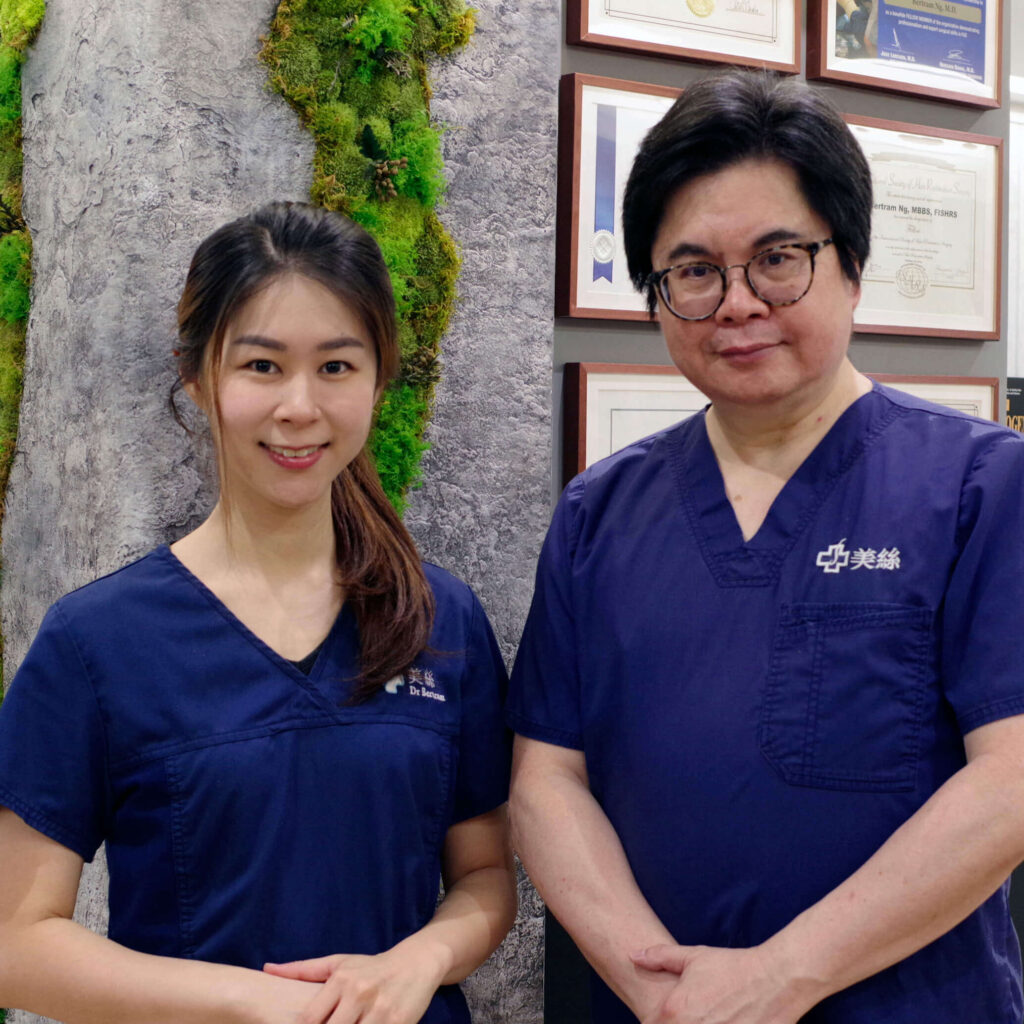
From consultation, surgery, to aftercare, you will receive continued personal care by our doctors, not just consultants.
Have a question? Please feel free to call our friendly customer service.
International Accreditations
Recognized by leading global medical bodies, our clinic stands as one of the most qualified and internationally accredited hair transplant centers in Hong Kong and mainland China. We are proud to uphold the highest standards in medical ethics, safety, and surgical expertise.
Hair transplant is the ultimate solution to restores hair, but not everyone is good candidate.
Our online assessment helps determine if these procedures suit you, saving you time and costs.